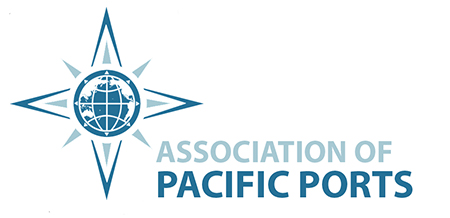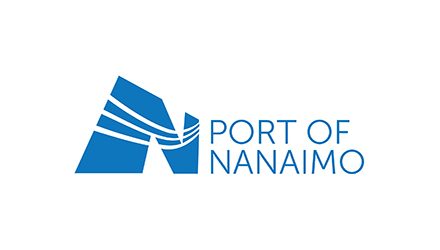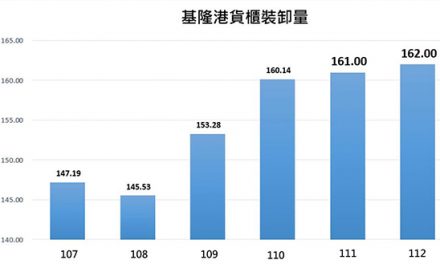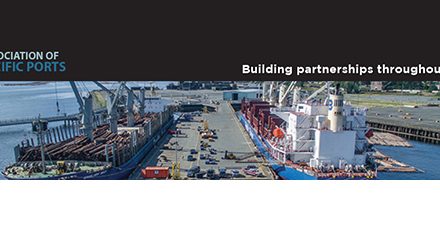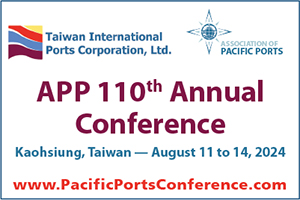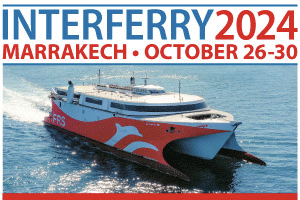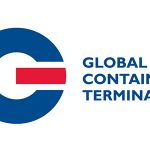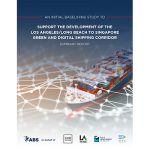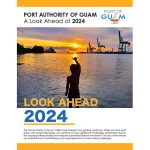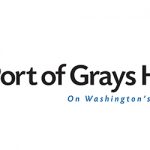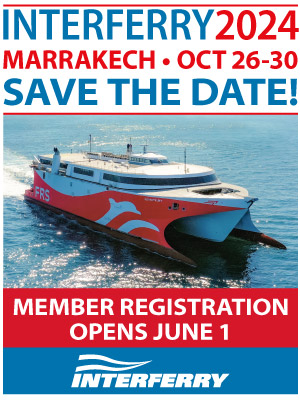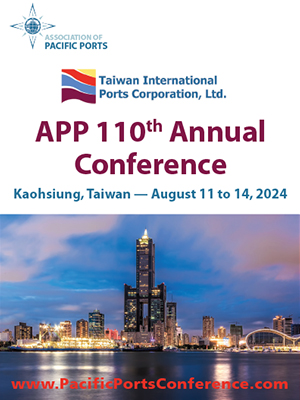March 11, 2024 — Working with the Asian Development Bank, the Australian Infrastructure Financing Facility for the Pacific, and the Government of the Kingdom of Tonga, Ports Authority Tonga has embarked on a major upgrade of the Queen Salote International Wharf of Nuku’alofa Port. Under the leadership of CEO Mr. Alo Mailesani, the project is providing for climate-resilient modifications as well as a significant expansion and modernization of QSIW’s berths and harbor. Initiated in late 2020 upon approval of a $45 million grant from the ADB, the project will transform Nuku’alofa Port into a world-class international port.
Background
The Kingdom of Tonga is an archipelago of 177 islands spread across 700,000 square kilometers of the South Pacific Ocean. The majority of the population of 108,000 live on the main island, Tongatapu, where the capital and largest city, Nuku’alofa, is located. Tonga is extremely vulnerable to the adverse impacts of climate change and disaster hazards, regularly facing extreme rainfall, tropical cyclones, earthquakes, and tsunamis.
The Queen Salote International Wharf (QSIW), situated in Nuku’alofa, is the country’s only deep-sea harbor port. The cargo terminal at the port opened in 1967 and the last major maintenance was undertaken in 1999. As Tonga’s main transport and supply gateway, the facility comprises four wharves and is responsible for the arrival of 98 percent of the country’s imports. With limited capacity for larger vessels, low-lying container yards and access roads, and a height of less than three metres above mean sea level, the port’s efficiencies are critical to the people of Tonga.
Financing partners
In December 2020, the ADB approved a $45 million (Australian dollars) grant to support the upgrade of the QSIW, noting that: “The current wharf has visibly degrading facilities, decaying concrete structure, and grapples with short berthing issues, as well as substandard safety provisions.” With the ADB grant, PAT would be able to reconstruct and extend the wharf to better accommodate larger vessels, construct a new dolphin between two wharfs, reinforce the concrete slab, and other related improvements.
ADB further noted that: “Upgrading ports in the Pacific with smart infrastructure and processes will remove inefficiencies, reduce costs, and protect against natural disasters and climate change. The Nuku’alofa Port Project is designed with green and smart components and includes gender aspects to promote the participation of women in port operations.”
The main features of the project included the extension of Wharf 2 to better accommodate larger vessels, construction of a new dolphin between Wharf 1 and 2, construction of new dolphins on the eastern side of Wharf 1, reconstruction of the Wharf 1, reinforced concrete slab, yard improvements, and smart and green port features such as reorganisation, new paving, drainage, smart lighting, waste management, and firefighting. Capacity building programs related to port operations, safety operation, and maintenance, and gender equity policy and training for the ports authority were also incorporated into the scope of the project.
The ABD approved a further $30 million in grants in November 2023, recognizing increased costs associated with complex global cost escalations caused by supply chain disruptions associated with the COVID-19 pandemic and the increase in fuel prices caused in part by geopolitical events. The financing was sourced from ADB’s Asian Development Fund ($10 million) and $20 million through the Government of Australia’s Australian Infrastructure Financing Facility for the Pacific. That grant will be administered by the ADB. Estimates for the total project are roughly AUD$126 million.
Design and construction partners
With initial funding approved, Royal Haskoning DHV undertook the detail design for the upgrade of the two wharves. The international engineering firm, with over 6,000 colleagues in 20 countries, has a demonstrated track record of helping clients with challenges ranging from climate change and digital transformation to changing customer demands and the energy transition.
When awarded the contract, David Perbey, Principal Engineer and Project Manager, wrote that:
“One of the port’s wharfs was so badly damaged that it was unsafe and needed to be closed immediately.
Using insights from the local people, we conducted a climate and disaster risk assessment in four stages. This included a literature review, site investigation, condition assessment, stakeholder consultation, and multi-criteria assessment.
We also projected exposure to climate and disaster hazards, identified appropriate resilience measures, calculated investment costs, and explored any residual risk as part of the assessment.
As a result of our research, we proposed to demolish and rebuild wharf 1, extend wharf 2 by 45 metres, build four additional dolphins, and deploy two new channel navigation markers.
The demolished concrete from wharf 1 will be reused in rock bags to form coastal protection, and local concrete used to build yards and buildings.
As part of the rehabilitation of the port infrastructure, four cargo docks will be refurbished, a new seawall built, the container yard reorganised, and the port road upgraded with new lighting and pedestrian access. The project will also introduce green and smart solutions to enhance compliance with international regulations.
To ensure a sustainable life cycle, we’ll establish an asset management framework and a dedicated maintenance team. During construction, the local workforce will be upskilled using training programmes on port operations, environmental working practices, equipment handling, HSE and port security, and gender equality.”
To undertake the work, Ports Authority Tonga brought in McConnell Dowell, a leading New Zealand firm established in 1961 with extensive experience on transportation infrastructure. Selected in August 2022, McConnell Dowell established a three-phase work program with the main features of the project with a mix of marine and onshore work. The works will be predominantly self-delivered by McConnell Dowell, supported by carefully selected specialist subcontractors who offer expertise and efficiency in delivering works in the Pacific region.
Current status
Once complete — by 2026 — the new, modernized QSIW will realize a 50 percent increase in throughput, going from 30,000 to 45,000 TEUs. It will also have lower maintenance capital expenditure, a reduced carbon footprint, and will provide safer working spaces for local operators and shipping lines, including new paving, smart lighting, and improved drainage and waste management.
A groundbreaking ceremony in October 2022 was quickly followed by mobilisation and the delivery of 96 steel piles ranging in length from 25 to 25 metres. Stage One began with a focus on Wharf 1 and in March 2023, demolition of the wharf deck began. Approximately 950 cubic metres of old concrete was set aside to be recycled in the seawall and in May 2023, a key milestone was reached when the first piles were put in place. By August 2023, 450 cubic metres of concrete were produced at the onsite batching plant. As of September 2023, 140 people were working across seven work fronts. Stage Two of the project will start in late 2024.
